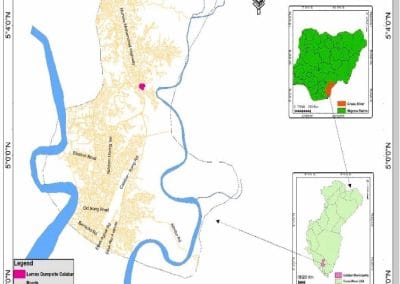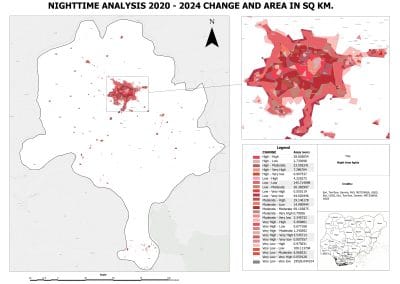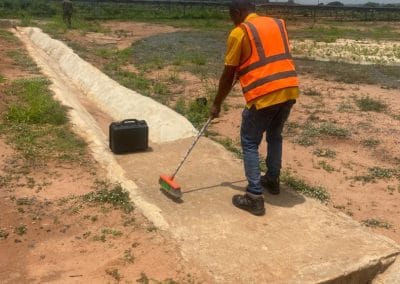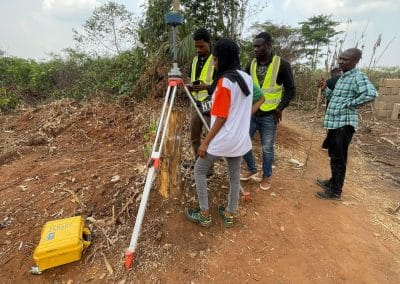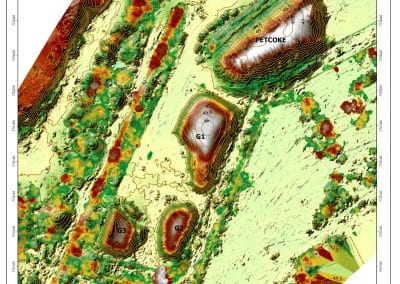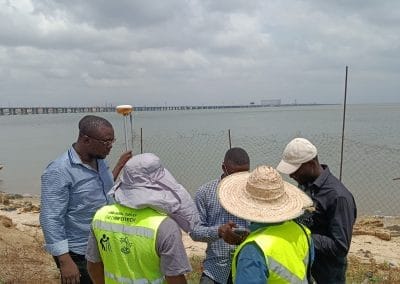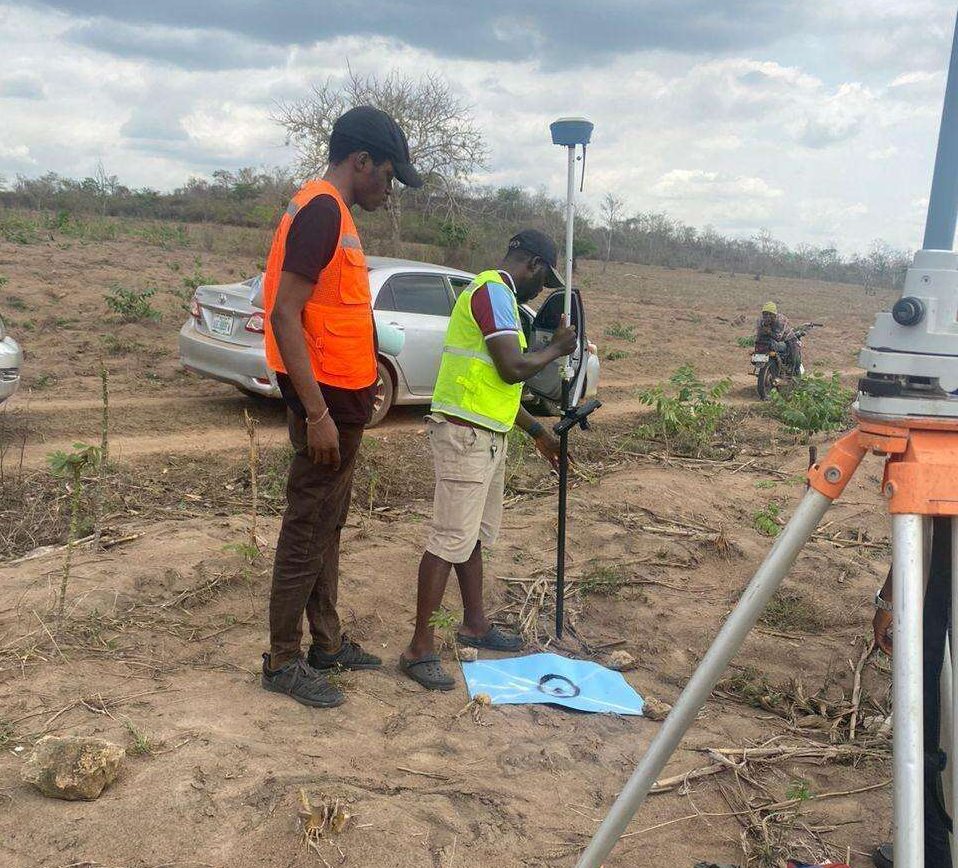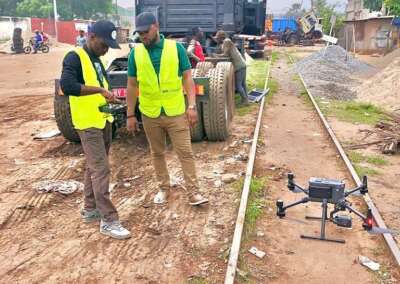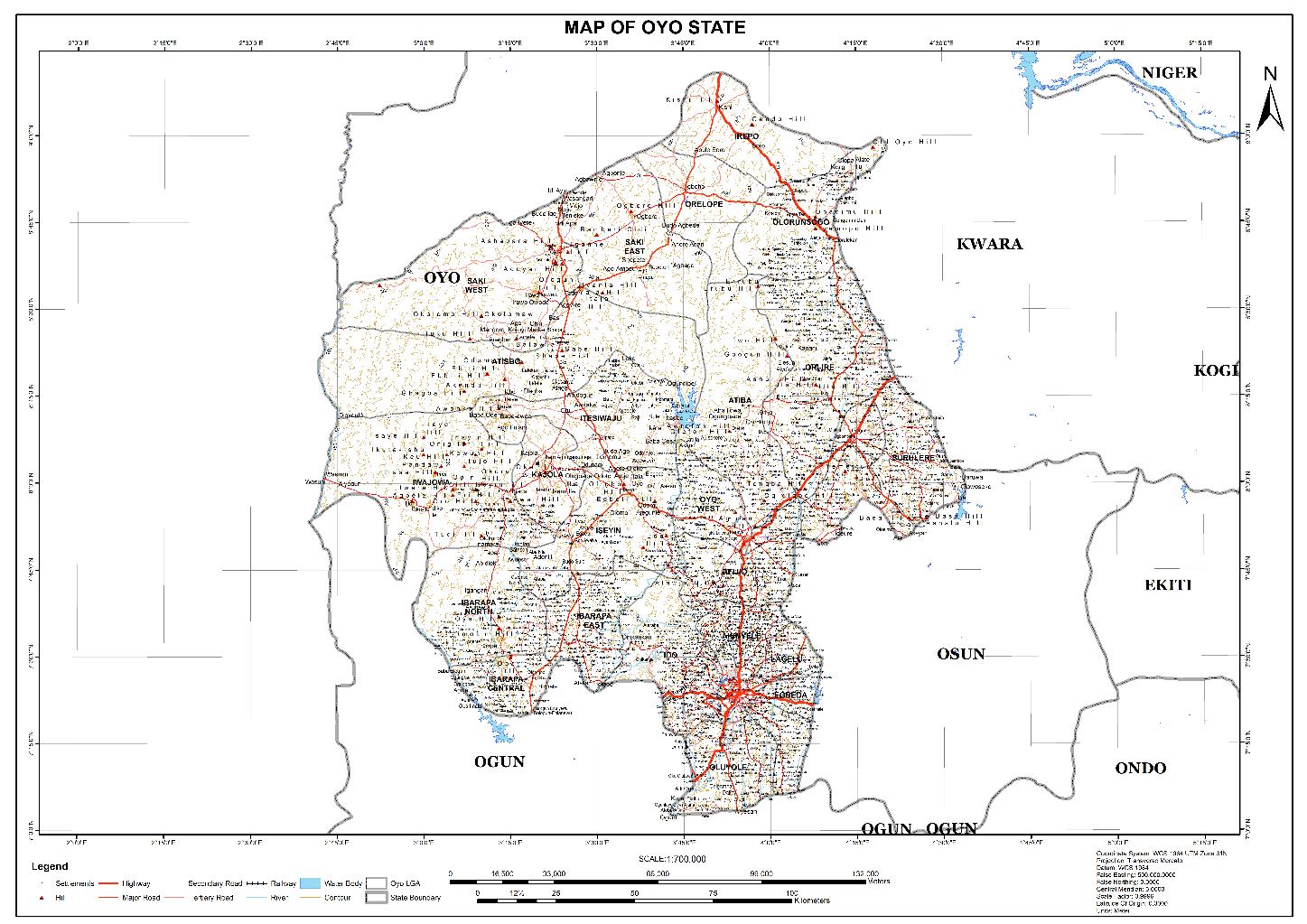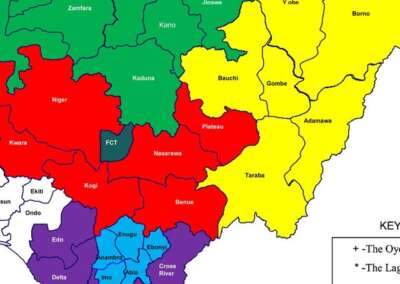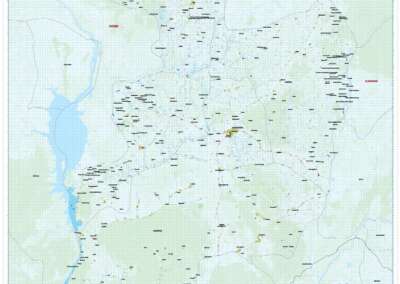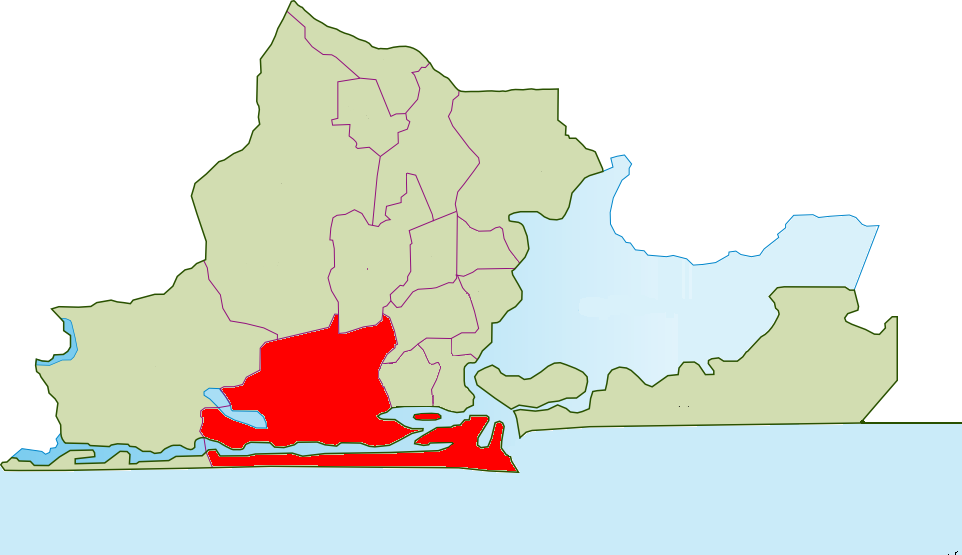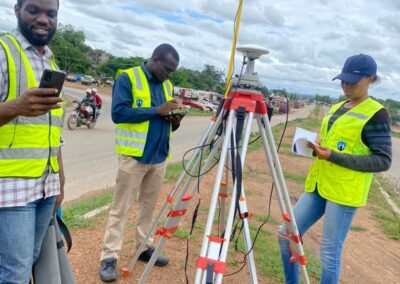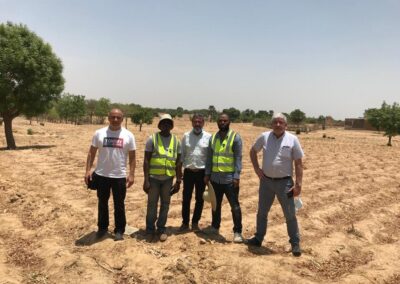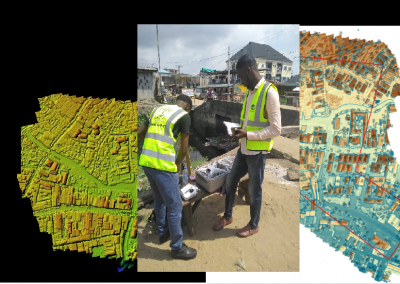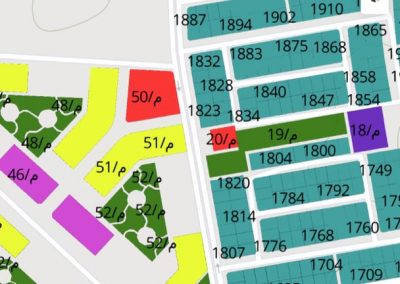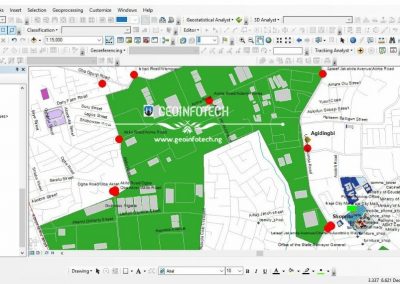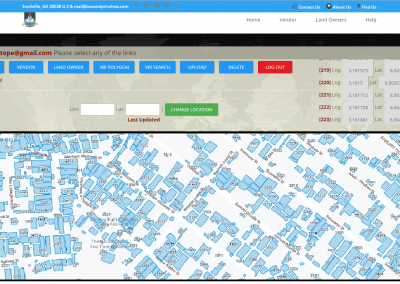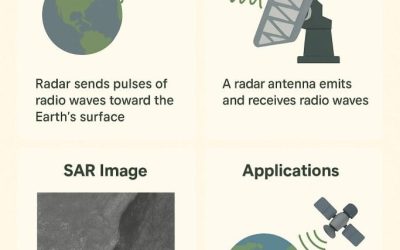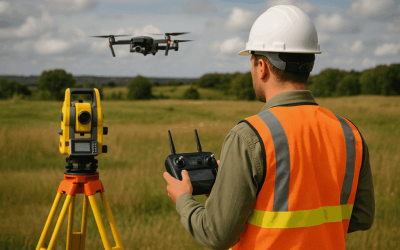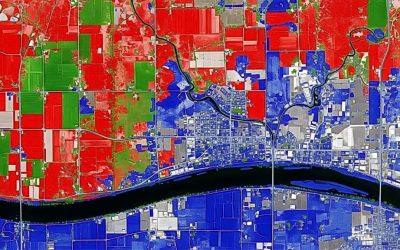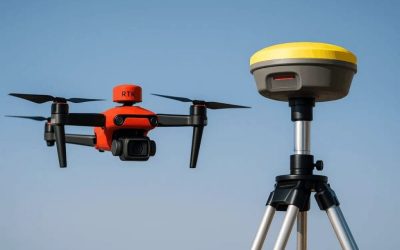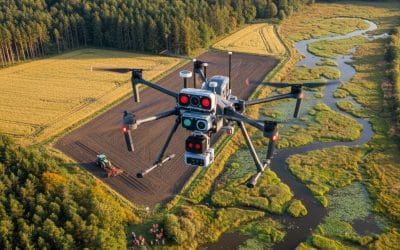Ethics of GIS: Balancing the Benefits and Risks of Geospatial Technologies
Ethics of GIS Balance and Risks
Ethics has become an increasingly important topic in the wider sciences, as personal data and the effects of science on society are considered. For GIS, maps and data can also make communities or individuals vulnerable to a variety of abuse or misuse.
Ethics for GIS has been around for many organizations for decades now. Organizations such as the Urban and Regional Information Systems Association (URISA), have developed ethical guidelines and standards on how practitioners should collect and apply data.
One major thing to consider is that maps are communication devices, which can mean maps display individual data. However, ethical statements and guidelines in some cases may need updating, particularly as new methods for data gathering and GIS analysis is developed.
Data gathering and analysis are no longer done individually through researchers or analysts but crowdsourcing has become common for data gathering. This means that data have been filtered or at least securely handled so that private information is not accidentally or purposely shared.
Ten Key Attributes for Ethical GIS Data
- Maps should be evident to the map reader and shouldn’t be deceptive or confusing
- GIS specialists should identify their audience to communicate better
- The data should be truthful and accurate
- Data should be transparent. Never leave out contextual data to your audience
- Do not discard contradictory data. The researcher or analyst should be unbiased.
- Have the data accurately portrayed, and be careful not to diminish or exaggerate information?
- Never plagiarize data and cite references wherever appropriate.
- Choose appropriate symbols that are neutral
- Work should be repeatable; others should be able to replicate the processes involved.
- Ensure sensitivity to the cultural values and beliefs of others when creating maps
What is Geospatial Technology?
Geospatial technology systems broadly include mapping and surveying techniques like global positioning systems, geographic information systems, remote sensing, etc. this system has a unique ability to store, label, and analyze information using spatial systems. After its integration and usage of this technology in various industries, it is considered an important tool for planning, managing, and decision-making.
Why is Geospatial Technology important?
The evolution and changing dynamics of emerging technologies are playing a vital role in addressing and solving quests across various industries. And geospatial technology systems are one of the prominent pillars of emerging technologies listed ahead in the article.
Geospatial Technology Applications
- Insurance
- Forestry and timber
- Health and human services
- Supply chain management
Top Benefits of Geospatial Technology
- Simplification of complex data to improve decision-making
- It helps in maintaining transparency in data for citizen access
- Improved communication during a crisis for better crisis management
- It helps in managing natural resources
- It helps the government in making better decisions
- It helps in discovering precautions before planning development changes in a community
Risks/Challenges of Geospatial Technology
- Data standardization
- Address standardization
- Lack of institutional knowledge
- File size/processing times
- Data quality
The Future Applications of Geospatial Technology
1. Through the miniaturization of sensors, geospatial technology opens a new perspective on data collection. The miniature versions of existing systems from drones to mini satellites integrated with sensors are discovering data from places where the human eye is impossible to reach.
2. Geospatial technology plays a vital role in the new space revolution. Initially building, launching, and operating satellite systems are a time and money-consuming process due to their humongous size. And this myth is vanishing with the evolution of small sets, which are miniature versions of original satellites integrated with Geospatial Technology. These satellite units cost a few dollars and due to this reason enterprises, and startups are magnifying in numbers. And it’s revolutionizing space research.
3. Geospatial mappings for machines are gradually showing their prominence with increasing utilization of its automation. From self-driving vehicles to automated route mapping drones are wonders of geospatial technology. Geospatial technology systems hold the future of how data is visualized or represented as industries become more and more relevant to this technology. As 80% of the data is utilized to optimize, industrial functions are extracted using geospatial technology. The digitalization and automation of industries that are solving quests and driving growth also rely on the same data extracted using geospatial systems. Hence gradually It will be an integral part of every technology opting for up-gradation.





